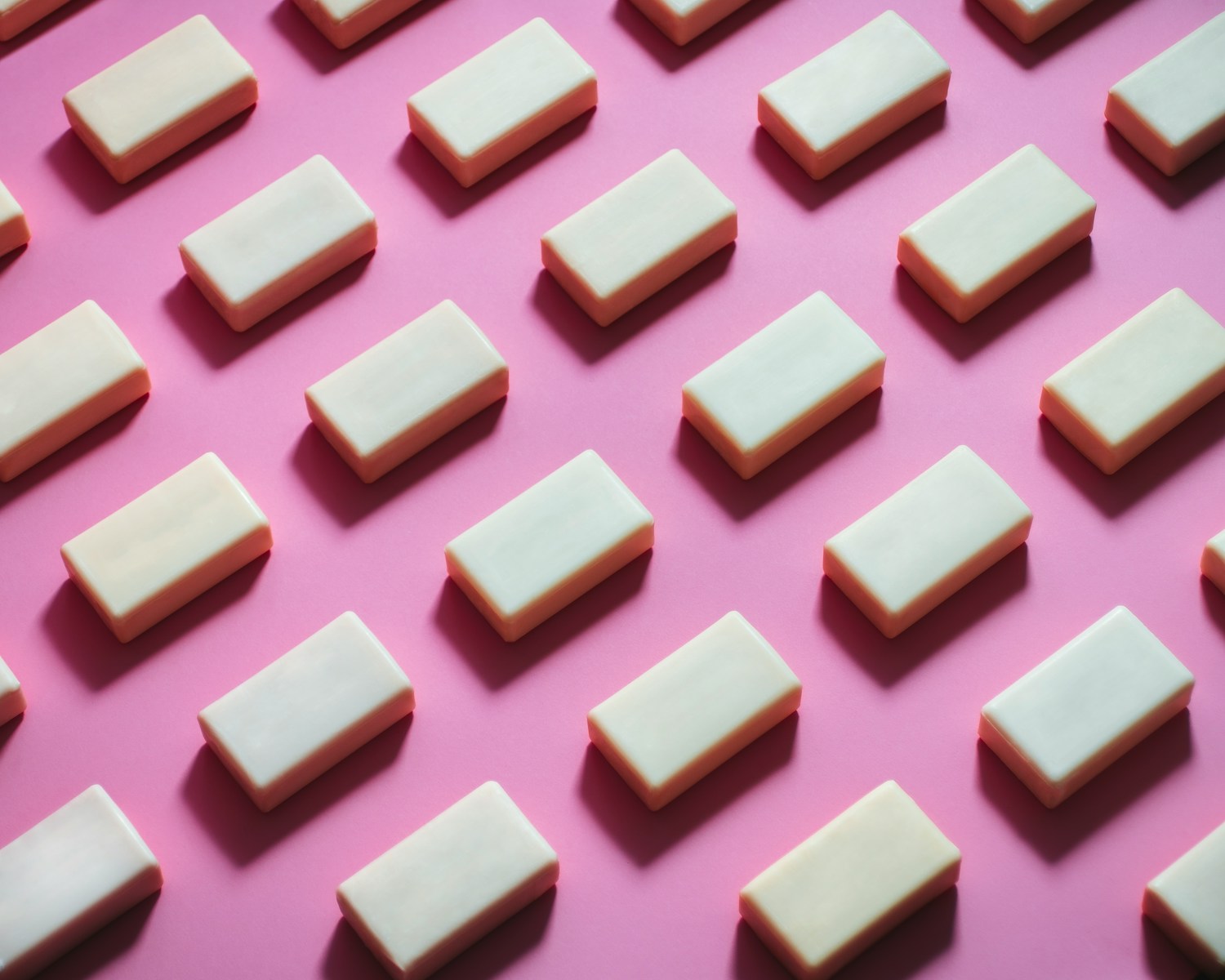Soap making is a popular and rewarding hobby that allows you to create your own unique soaps tailored to your preferences. Making soap is a creative process that involves combining oils, lye, and scents to produce bars of soap that are both functional and beautiful. If you are interested in delving into the world of soap making, this article will provide you with tips and a guide to help you get started on your soap making journey.
When it comes to making soap, one of the first things you will need to consider is the ingredients. The basic components of soap include oils, lye (sodium hydroxide), and water. Different oils produce different properties in soap, so it’s important to choose a combination that will give you the desired outcome. Some popular oils used in soap making include coconut oil, olive oil, and shea butter. Additionally, you can add scents to your soap using essential oils or fragrance oils to create scented soap that will delight your senses.
To begin the soap making process, you will need to gather your ingredients and equipment. This includes a digital scale, a thermometer, a stick blender, molds, and safety gear such as gloves and goggles. It’s important to follow safety precautions when working with lye, as it is a caustic substance that can cause burns if not handled properly. Make sure to work in a well-ventilated area and wear protective gear to prevent any accidents.
Once you have your ingredients and equipment ready, you can start making your soap. The first step is to measure out your oils and heat them to the appropriate temperature. Next, you will mix your lye with water, being careful to add the lye to the water and not the other way around to avoid splashing. Once both the oils and lye mixture are at the correct temperature, you can combine them and use a stick blender to mix until the soap reaches trace, which is when the soap batter thickens.
After achieving trace, you can add your scents and any additives such as colorants or exfoliants. Pour the soap batter into molds and allow it to set for 24-48 hours. Once the soap has hardened, you can unmold it and cut it into bars. The soap will need to cure for 4-6 weeks to allow the lye to fully saponify and for the soap to become milder and harder.
When it comes to making scented soap, there are endless possibilities for creating unique and delightful fragrances. Essential oils such as lavender, peppermint, and eucalyptus can provide natural scents that are both invigorating and calming. Fragrance oils come in a wide variety of scents, from fruity to floral to spicy, allowing you to customize your soap to suit your preferences. Experimenting with different scent combinations can lead to exciting new creations that will make your soap stand out.
In conclusion, soap making is a fun and fulfilling hobby that allows you to create personalized soaps that are perfect for gifting or keeping for yourself. By following this guide and incorporating your own creativity, you can discover the art of soap making and enjoy the process of crafting beautiful and fragrant bars of soap. So gather your ingredients, put on your safety gear, and start making soap today!





